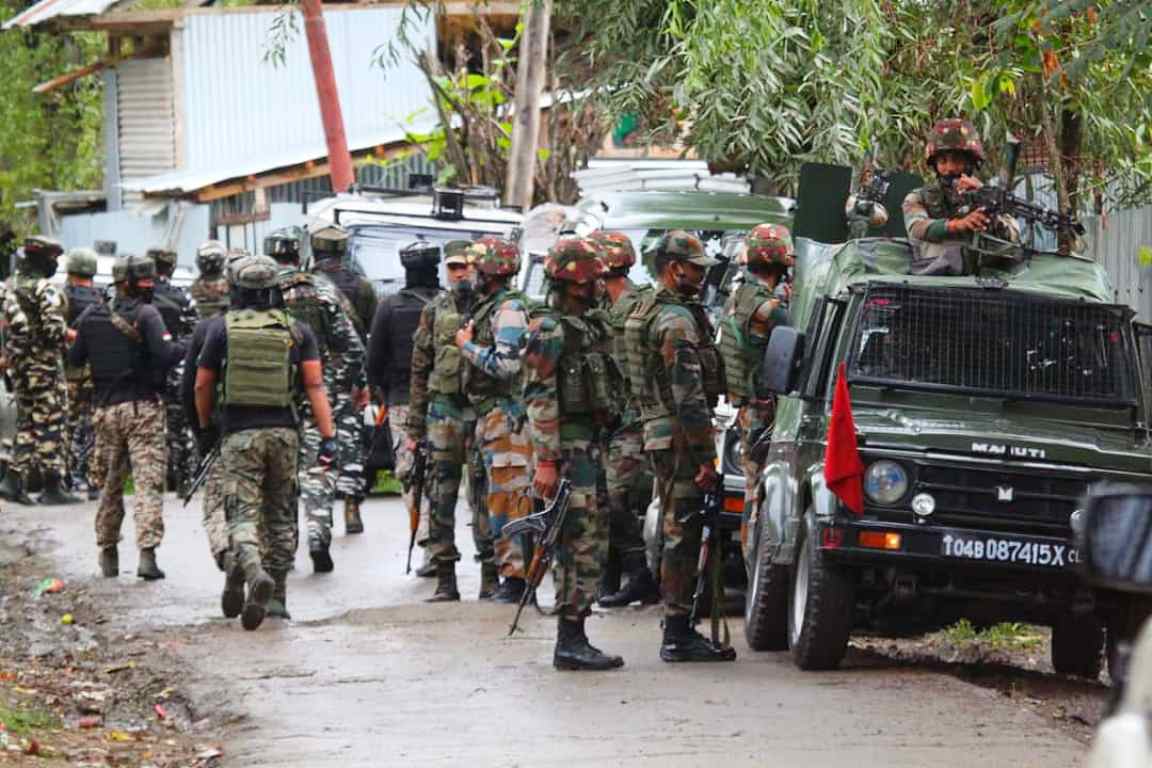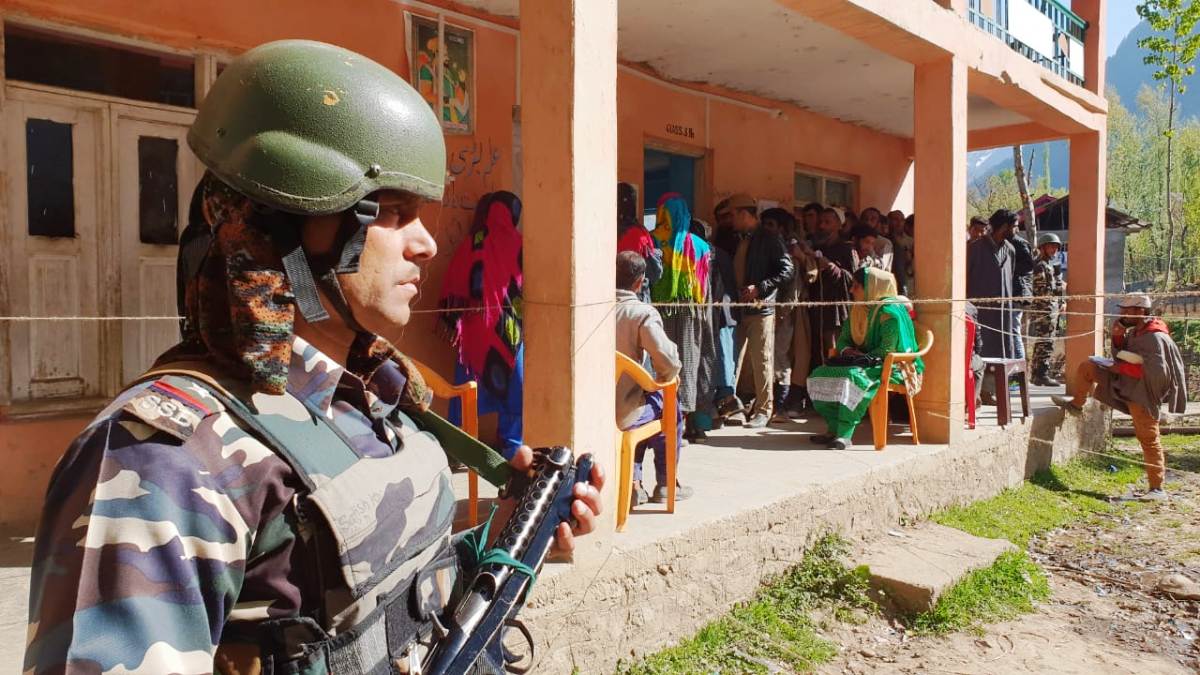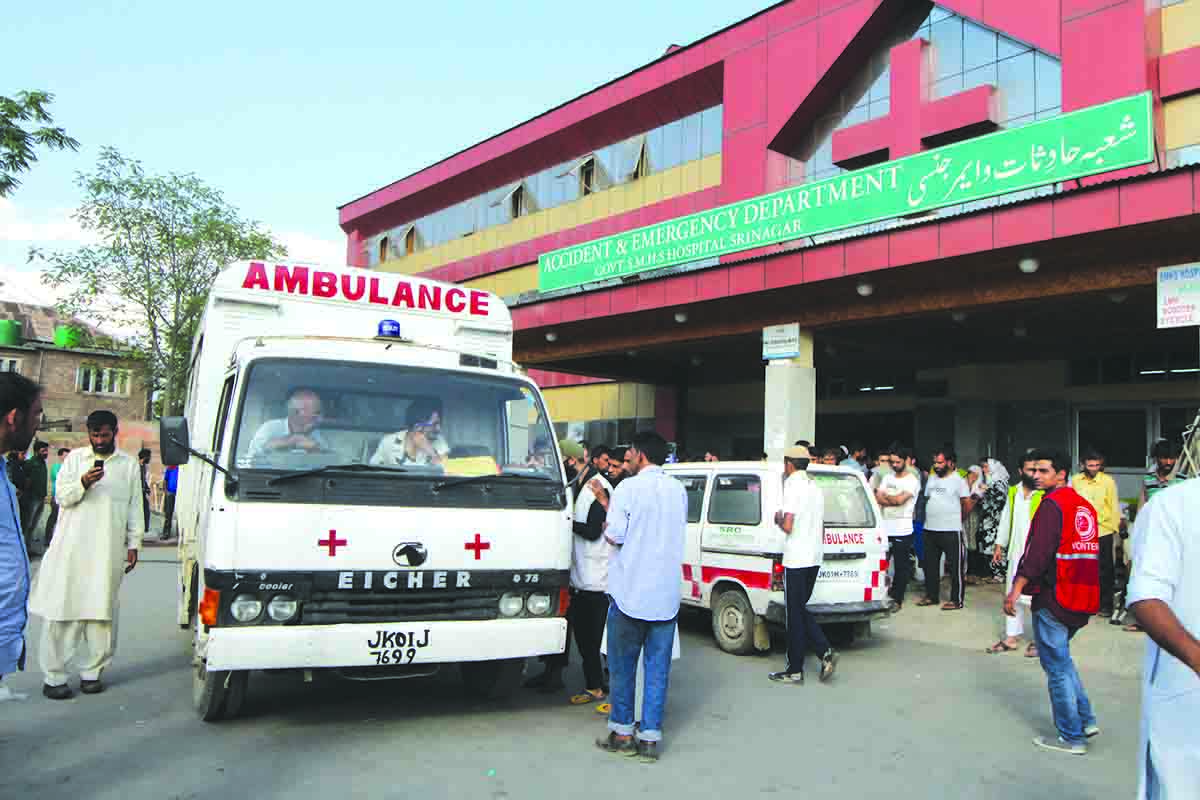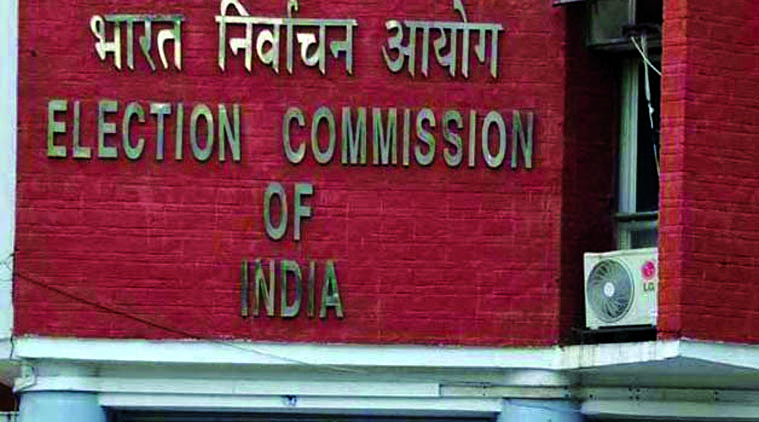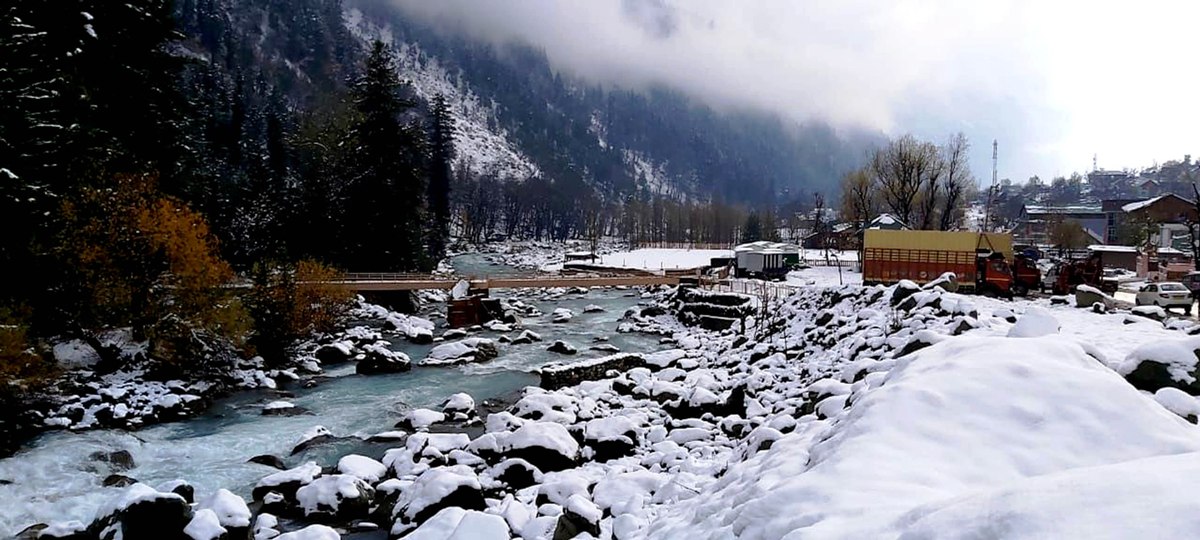Despite premier destinations like Gulmarg and Pahalgam eagerly awaiting snow amid prolong dry spell, the Bangus Valley in north Kashmir’s Kupwara district remains draped in white solitude, longing for tourist footsteps, unlike bustling Sinthan Top in South Kashmir.

With Kashmir’s premier tourist destinations, including Gulmarg and Pahalgam, exhibiting a proverbial thirst for rain and hunger for snow, the Bangus Valley, is draped white.
It, however, is not witnessing any tourist footfalls. Unlike Sinthan Top in remote South Kashmir which has a bit of snow and good traffic, Bangus is still waiting for the bang.
Located 150 km from north of Srinagar, the 300 square kilometres of largely undiscovered Bangus boasts of scenic beauty, a snow-laden topography, flourishing flora, and streams teeming with trout fish, offering significant potential for ecotourism. Its distant location is its advantages and disadvantages at the same time. The spot, most visited during summer, is 48 km from Kupwara.

Currently cloaked in snowfall, a winter tradition, the Bangus Valley consists of two parts: Bodh Bangus (Big Bangus) and Lakut Bangus (Small Bangus).
These less-explored gems rival the beauty of well-known destinations like Pahalgam, Sonmarg, and Gulmarg.

Although the valley hosted the tourism festivals during summers to promote itself, locals say it didn’t prove very effective.
Bangus remains a land of great adventure for its population, not necessarily for tourists.
The stunning snow-capped mountains and frozen streams in Bangus beckon locals, who ardently demand government support to propel it into competition with Gulmarg.
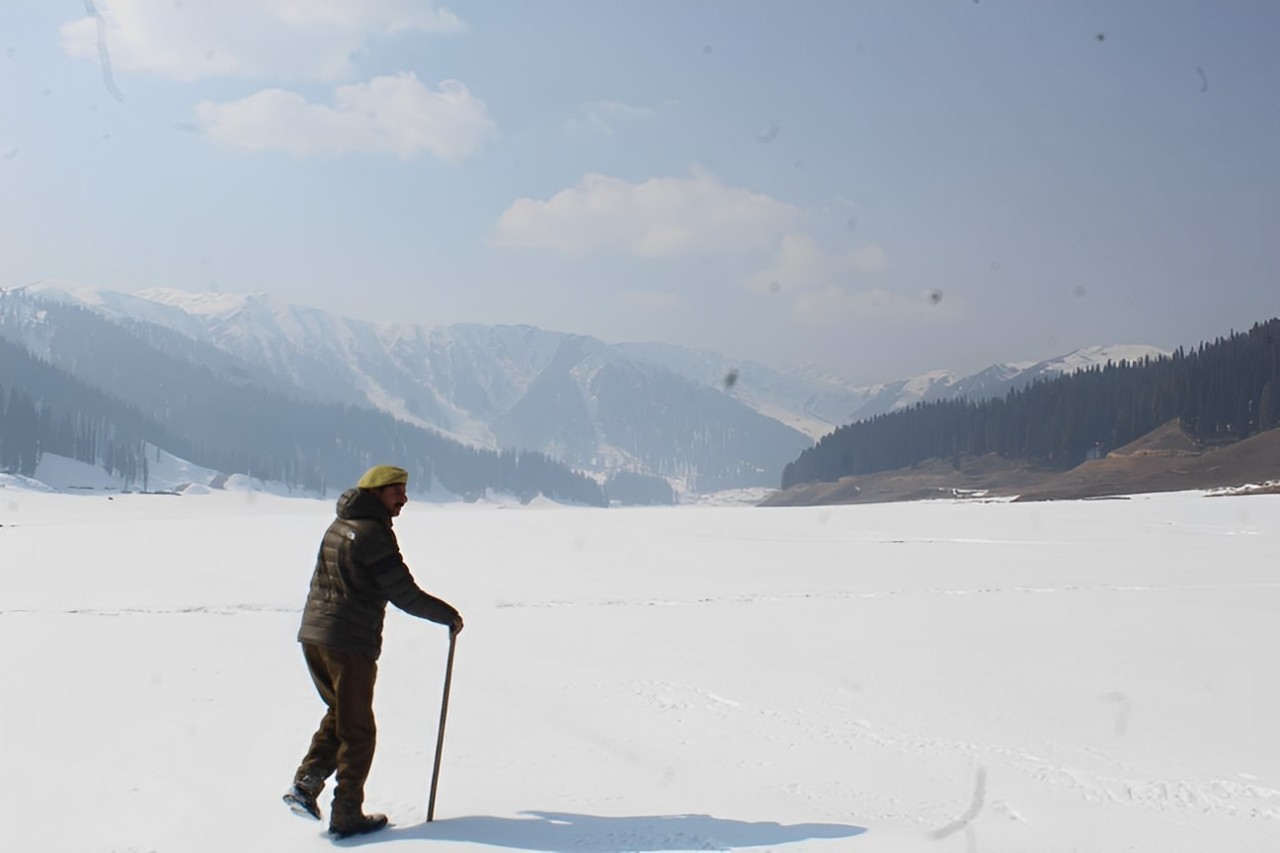
Unprecedented dryness during an intense cold spell has led to water bodies reaching low levels in Kashmir, with the weather office predicting generally dry conditions until January 25.
The 40-day Chillai Kalan winter period, lasting from December 21 to January 30, brings harsh conditions to most areas.
The locals of the valley expressed belief that shifting events to Bangus could be beneficial, citing its substantial snowfall, and noted the surprising lower visitor count compared to popular destinations like Gulmarg and Pahalgam, as shared by locals.
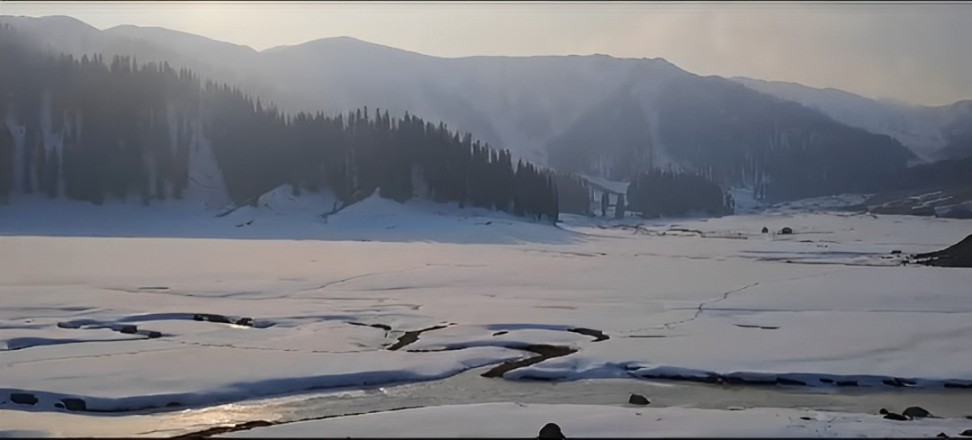
An official said the Bangus Valley remains under the jurisdiction of the forest department and has not been handed over to tourism/LBDDA authorities for infrastructure development. Although the place is new for tourists, the place provides livelihood to around 1,000 people, he said.
“We are optimistic that the Bangus Valley will soon become a most sought-after tourism destination in Kashmir,” the official added.




